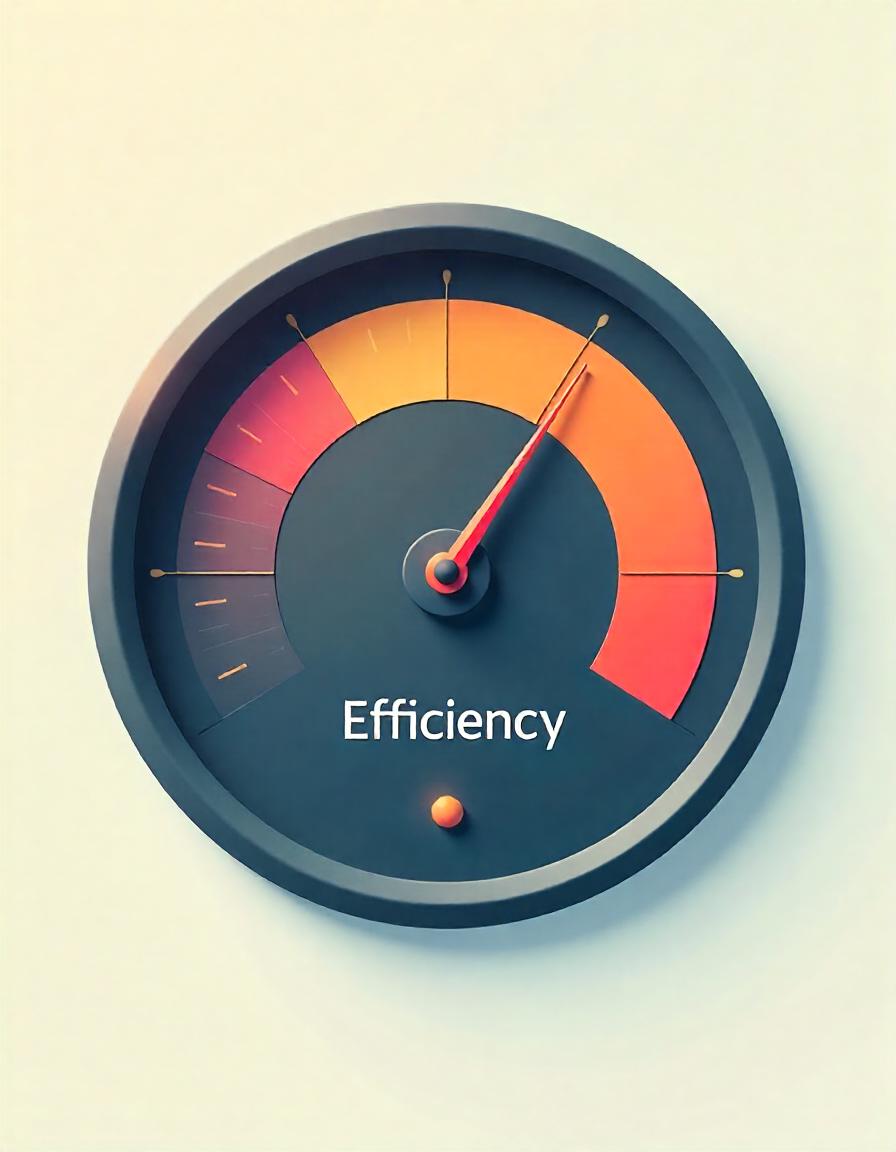IT spend is rising every year, yet companies and government agencies often struggle to see consistent returns on their investments. A study by Bain & Company revealed that only 8% of companies feel they are getting their money’s worth from IT expenditures.
This contrast underscores the importance of improving how IT resources are managed. One vital tool to improve the return on IT spend is through efficiency audits.
What is an efficiency audit and why is it Important?
An efficiency audit is when an examination of a department’s processes, operations, and systems is performed to evaluate how efficiently they are being carried out.
The goal of these audits is to improve performance, reduce waste, and enhance overall productivity. In the context of IT financial management, these audits are important to:
- Maximize ROI: Ensures IT investments deliver measurable value.
- Align Spend with Business Goals: Keeps IT initiatives aligned with organizational strategies.
- Builds Stakeholder Confidence: Demonstrates accountability and a commitment to prudent spending.
Why is it Important to Perform Efficiency Audits on IT Spend?
Efficiency audits can become a tool to maximize the value generated from IT spending. These audits not only enhance visibility into IT expenditures but also drive continuous improvement, foster accountability, and identify areas where spend is misaligned with business objectives.
Below are examples of key areas of how regular efficiency audits can make a significant impact in IT financial management:
Strategic Alignment
| Audit Evaluation | Evaluates if IT spending is prioritizing high-value projects that support long-term business goals. |
| Impact | Helps direct funding toward the most impactful initiatives. |
Spend Management
| Audit Evaluation | Evaluates if standardized methodologies exist to track and report expenditures across organizational units. |
| Impact | Provides clarity on where IT dollars are being spent and enables visibility into detailed spend break downs. |
Cost Allocation and Transparency
| Audit Evaluation | Evaluates if IT costs are accurately attributed to specific departments, projects, or services due to shared resources. |
| Impact | Reduce IT’s burden to bear all costs incurred by the business. Improves visibility into consumption and usage across the broader business. |
Reducing Hidden Costs
| Audit Evaluation | Evaluates if untracked expenses like shadow IT (unofficial technology purchases) or maintenance costs for legacy systems exist. |
| Impact | Reduce security risks from software in non-compliance to internal policies. Identify when modernization of legacy systems is required due to high-cost of maintenance. |
Technical Debt
| Audit Evaluation | Evaluates if regular system inventory review is performed to catalogue all IT systems, applications, and tools in use. |
| Impact | Identifies and phases out outdated, duplicate, and low-usage systems. Enables reduction in technical debt and operating costs. |
The Trufflow Advantage
A common barrier to a successful efficiency audit is when data is inconsistent, incomplete, or inaccessible. Data silos, limited resources, and lack of IT spend visibility are common culprits to this problem.
Trufflow addresses the above pain points by improving observability across the IT value chain. The platform makes audit data more accessible by tracking key metrics such as usage, user retention, and spend to improve visibility into the impact from IT spending.
As a result, Trufflow creates an improved audit trail for ease of evaluation and reduces the technical expertise required to evaluate IT’s performance.
.webp)



